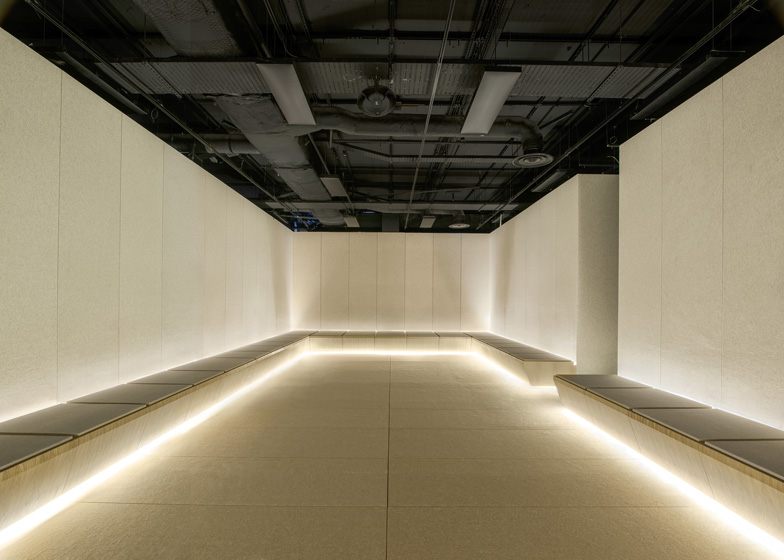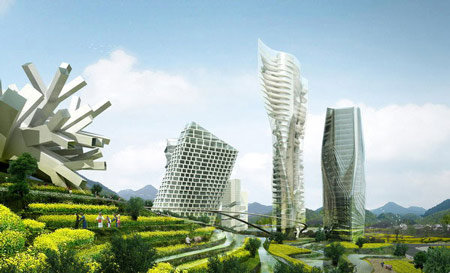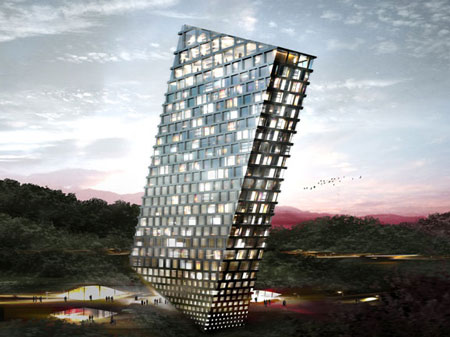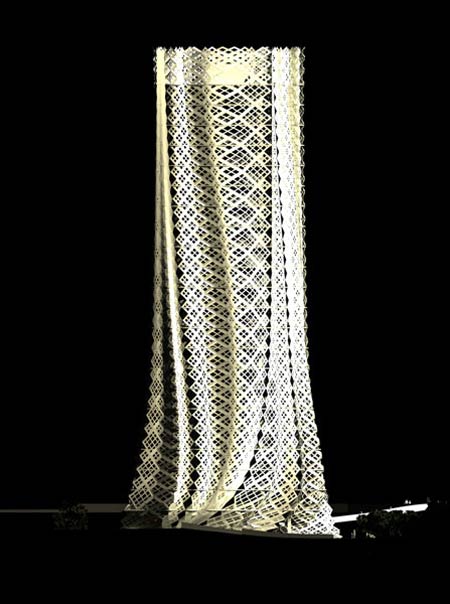Digital Technology as a Tool
Process v. Production: What are the distinctive characteristics of digital
media reflected in its language and aesthetic?
• Multiple kinds of manipulation
• Analog v. digital
• Real v. unreal
• Blurring distinctions between different media and seamless combination of
• Recontextualization through appropriation and collage (dada, cubism,
• Relationship between copy and original
INTRODUCTION NOTES 2DFIELD
Screen Space: fixed borders that defines the new aesthetic characteristics
• Aspect ratio: relationship of screen width to screen height
• Horizontal orientation
• Standard ratios
• Standard TV / computer screens adopted 4×3 ratio of early motion
pictures (1.33:1 ratio)
• Digital / HDTV – 16×9 (5.33×3 or 178:1)
• Standard wide screen of motion pictures (5.33×3 or 1.85:1)
• Panavision / Cinemascope has extremely wide aspect ratio – 7×3
(2.35:1)
• Wide-screen – format of most U.S. films
• Framing
• 4×3 frame (film standard was established as early as 1889)
• advantage is that the difference between screen width & height does not emphasize one dimension over another
• works well with close-ups
• 16×9 frame
• have to pay more attention to the peripheral pictorial elements/events
• Changing the Aspect Ratio
• Matching aspect ratio
• Letterboxing: wide screen letterbox is created by showing the whole
width & height of the original format, and masking the top and
bottom of the screen with black, white, or colored bands called
dead zones
• Pillarboxing: fitting a standard 4×3 image onto a 16×9 screen
(vertical pillar bars)
• Cutting, stretching, squeezing
• Secondary Frames
• Masking – blacking out both sides of the screen (ex. D.W. Griffith – Intolerance)
• Multiple screens<<<<<<<<<<<<<<<<<<<<<<<<<<<<<<<<<<
• Moving camera<<<<<<<<<<<<<<<<<<(panning, tilting, arcing, dollying, pedding, trucking)
• Object size > context<<<<<<<<
• Knowledge of object<<<<<<<<<<<<<<<<<<<<<<<<<<<
• Relation to screen area<<<
• Environment & scale<<<<<<<<<<<<<<<<
• Reference to a person<<
• Image size
• Size constancy – we perceive people and their environments as normal sized regardless of screen size
• Image size & relative energy–<<<<
• Power of image is related to screen size & format<<<<<<<<<<<<<<<<<<<<<<<<<<<<
• People & things
Editing Aesthetics
Continuity Style Editing
• Jump Cut: edits that reveal or present themselves as discontinuous jumps in time, action, or space
• Whenever possible vary the horizontal field of view between successive shots. When Shooting events & activities think: wide shot, medium shot, close-up. Your first shot should typically be a master, cover, or
establishing shot, then tighten your shots as you continue to tape.
• TV is a close-up medium. My beginning shooters frame shots too wide and include too much headroom. Always try to capture close-ups of events, but also be conscious of the hazards of shallow depth of field,
framing & composition, and excessive camera shake.
• While varying the horizontal field of view, also attempt to vary the angle of approach.
• Repeating actions, or shooting repetitive actions varying the horizontal field of view and the angle of approach allow you to build matched action edits.
• Let subjects in motion move into and out of stationary frames.
• Shots with secondary movement should begin and end at rest.(panning, tilting, arcing, dollying,
pedding, trucking)
• Classical editing stratregies:
o Eyeline match edits
o Split edits (L & J edits)
o When editing dialogue allow for proper breath space
o Cut in and cut out edits
o Parallel scene edits
o Flash back edits
o Cutting to the beat
o Cutting on dialogue
o Montage
o Dissolve, fade, wipe transitions
o Compositing and collage
SECOND LIFE

εξ.χωροι/3d
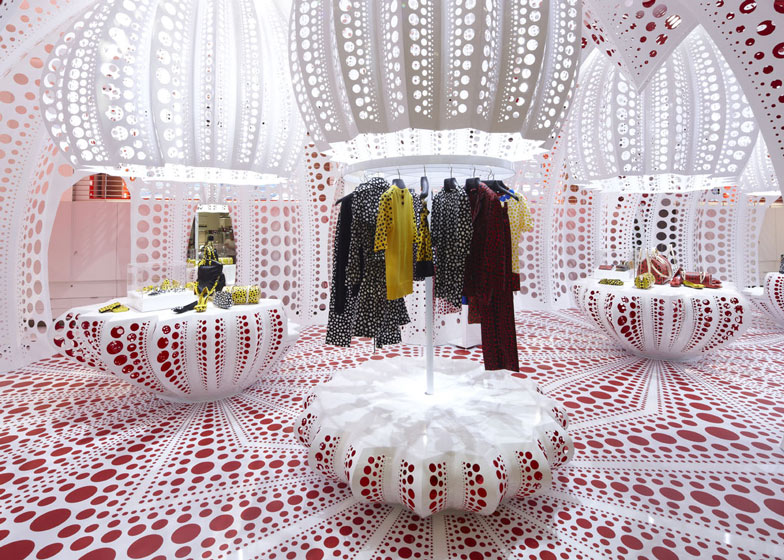
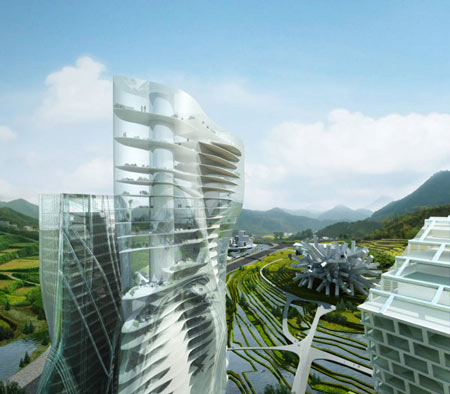 landscape and arch.
landscape and arch.